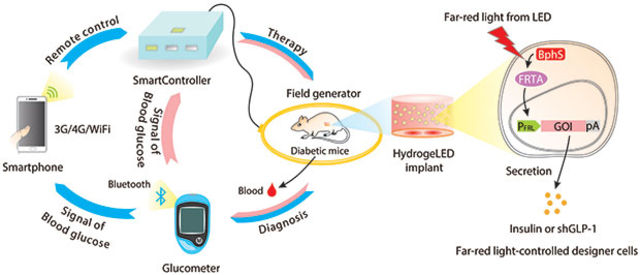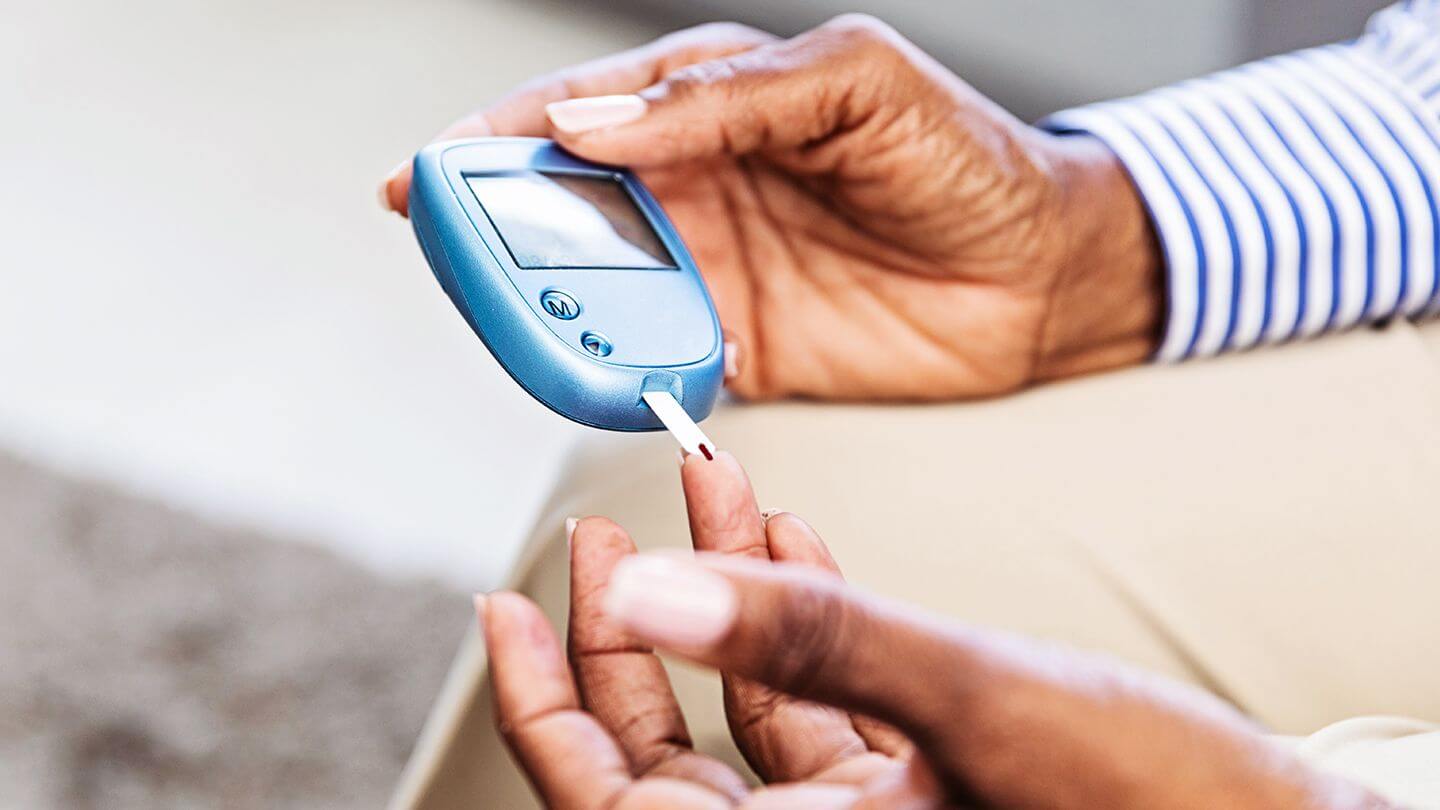Now, smartphone controlled system to keep diabetes in check
Sat 29 Apr 2017, 20:36:54

Scientists have successfully engineered cells to produce insulin under the command of a smartphone, helping keep blood sugar levels within normal limits in diabetic mice.
The new system developed by researchers, including those from East China Normal University, involves engineering insulin-producing cells to do their work when illuminated with infrared light.
Human cells can be genetically engineered into living factories that efficiently manufacture and deliver hormones and signalling molecules, but most synthetic biological circuits do not offer the same degree of sensitivity and precision as digital sensors, researchers said.
They placed the cells in an insulated sheath that also contained red LED lights - then, they placed the sheath under the skin of test mice.
They controlled the lights remotely via smartphone app, sending
signals to a control box containing a coil that activated the lights.
signals to a control box containing a coil that activated the lights.
The smartphone received data from an embedded blood glucose metre. The result was a closed-loop system in which the glucose metre automatically conducted glucose testing on a periodic basis.
The smartphone app analysed the data to determine when and how much insulin needed to be produced.
It then sent a signal to the control box, activating the LED lights, causing the cells to produce and release insulin into the bodies of the mice.
The researchers tested their system with mice over a period of several weeks and report that it successfully maintained insulin levels.
"Successfully linking digital signals with engineered cells represents an important step toward translating similar cell-based therapies into the clinic," researchers said.
No Comments For This Post, Be first to write a Comment.
Most viewed from Health
AIMIM News
Asaduddin Owaisi files nomination papers on Friday
Apr 20, 2024
Owaisi Begins Election Campaign in Hyderabad
Apr 13, 2024
Bring back Indian workers in Israel: Owaisi
Apr 13, 2024
Latest Urdu News
Most Viewed
May 26, 2020
Do you think Ruturaj Gaikwad would be a good captain for Chennai Super Kings?
Latest Videos View All
Like Us
Home
About Us
Advertise With Us
All Polls
Epaper Archives
Privacy Policy
Contact Us
Download Etemaad App
© 2024 Etemaad Daily News, All Rights Reserved.





























